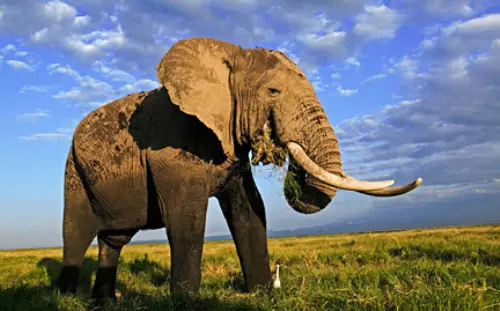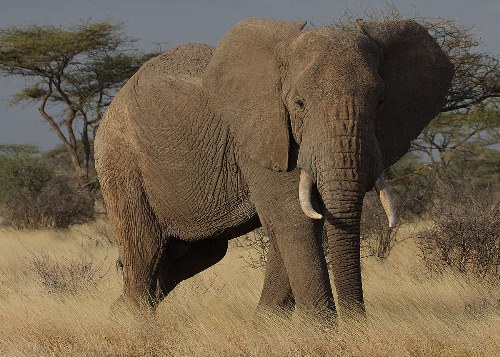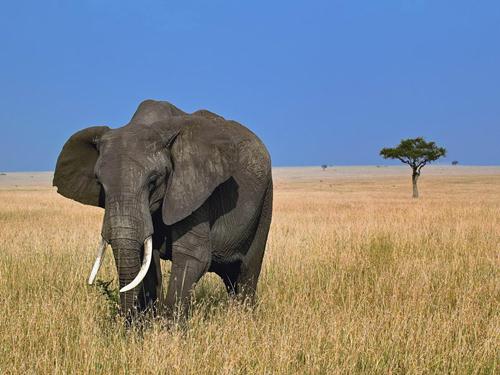10 Interesting African Elephant Facts
Here are African elephant facts to learn if you want to know the diversity of African animals. The African elephant is different with other elephants in the world. The weight of African elephants can reach the rate of 6.6 tons or 6000 kilogram. The length can reach 10 feet or 3.3 meter. Due to its big weight, the animals are considered as the largest land mammal in the world. The elephants are often associated with massive ears, curved tusk, and dexterous trunk. Find the complete facts below:
African Elephant Facts 1: Elephant Trunk
There are many functions served by the African elephant trunk. The trunk is used to detect vibration, breathe, smell objects, suck water, grasp object and care their young. This part of body is combination for nose and upper lip.
African Elephant Facts 2: Tusks
The African elephants are just like other elephants. It has tusks. The non-permanent tusks will fall off after the elephant in the age of one year. Then they will be replaced with permanent ones. The tusks actually are incisor teeth.
African Elephant Facts 3: Growth of Tusk
The tusks of African elephant will grow in their entire life. The tusks also have several functions. They are used for fighting, foraging and digging. When the elephants want to sleep, it is also the place where the trunk of these animals can rest.
African Elephant Facts 4: Ears of African Elephants
Africa is a very hot continent. The African animals are very helpful when they have massive ears. They are functional to radiate the excessive heat of the sun in the country. Read more about animals in coyote facts.
African Elephant Facts 5: Function of Ears
Another function of African ears is for the communication function. You can see the expression of joy or aggression when the African animal flaps their ears.
African Elephant Facts 6: Hearing Ability
The African animals can hear the sound in the radius of 2.5 miles or 4 kilometer. If the animal is in the ideal condition, it can hear the range of 6.2 miles.
African Elephant Facts 7: Rumbling
The African elephant can communicate with other elephants by rumbling. They will use the low frequency to communicate even though the animals can make sound until it reaches 10 octaves.
African Elephant Facts 8: Survival
A social network is very important to the survival for the animals. The vital part is seen on their form of communication with other elephants. The social unit usually consists of a herd for mothers, baby elephants, sisters and female cousin. The leader is the older matriarch.
African Elephant Facts 9: Male Elephant
When the male elephants reach the age of 14 years old, they will leave the herd to seek for a mate. See another animal in Africa in Cheetah facts.
African Elephant Facts 10: Gestation Period
The gestation period of African elephants can last for about 22 months. When the baby was born the sisters, aunts and cousin will help the delivery.
The female elephant will only deliver a new calf every five year. People always concern with the survival for the large animals. Do you have any more facts about African elephant?








